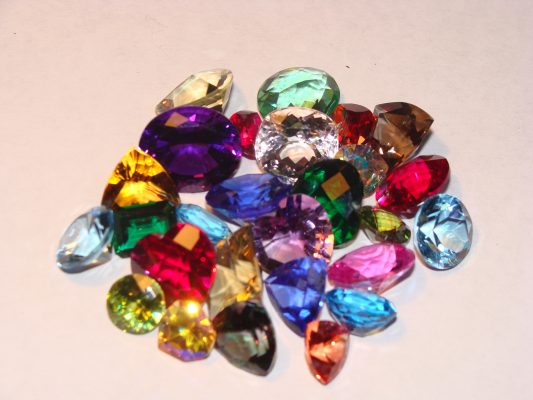Colored Germstones and Zimbabwe’s economic recovery: A potential
November 29, 2019

In January 2018, the PR Newswire online, London, published that the gemstone market is approximately 23 billion US dollars and that the popularity in non-diamond gemstones had soared to a 100% increase in prices within the decade.
By Maison Phiri
In the economic downturn that the country has been experiencing, it would be unwise to ignore the economic potential of the colored gemstone industry to the GDP, taking into account that we have vast known deposits under the stewardship of citizen miners or ASMs.
To appreciate the potential impact of colored gemstones on the economy, one needs to comprehend the mine to market value chain:
Gemstone exploration and mining
- Is truthfully a risky business for investors, but on economic scales, this motivates businesses in mine equipment supply, mining explosives and other relevant supply needs for any mine. This means business for any local supplier. Moreover, investment may be sought from the local banks and micro finances and that adds on to the business of this economy.
Gemstone sorting and grading
- stage is wholly concerned about the skill of consistent grading of parcels to the appetite of the different targeted markets.
Gemstone sales
- major activities are gem auctions and fairs. Directly, there is the propagation of economic gain in the Tourism industry and in the businesses of Branding and advertising. The marking of the country as a gemstone hub commands an inflow of migration and business to Hotels, entertainers and the tourism industry. Furthermore, the businesses concerned with advertising and promotion of these activities will be at their hype.
Cutting and Polishing
- The stage is wholly concerned about the skill of cutting rough stones into polished and jewellery-worthy pieces.
Jewellery manufacturing
- The stage is wholly concerned about the skill of designing, moulding and setting a jewellery piece.
Jewellery retailing
- Is the sale of the final product and also has a bearing on the Tourism industry.
- The whole chain offers employment from village levels to urban societies. There is also an appreciation of value as the chain ascends. At any stage preceding the sorting and grading, there is potential for the product to be exported, thereby partaking in the share of the USD23Billion market. If the gemstone industry is formalised, the country will enjoy tax returns, mining royalties, and community development. The gemstone industry can ensure a basic standard of living at homestead level for the citizen miner.
Verdict
- Are being readily picked by citizen miners in small deposits. However, with proper geological surveys and mining, the production can be expanded to develop consistent supply for the market. The citizen miner usually lacks financing and proper tenure hence the small gemstone produce is highly smuggled at unfair returns to the miner and at a blatant loss to the taxman. There is a hand-to-mouth dependence for the miner and the communities’ living standards are never raised. Indirect industries such as tourism, advertising, banking, and downstream beneficiation are denied active participation. If the situation continues as is; these non-renewable mineral resources will be fleeced from the country and other economies will continue to benefit from the ignorance we assume concerning the economic impacts of the gemstone business.
This article 1st appeared in the Mining Zimbabwe Magazine November 2019 issue


